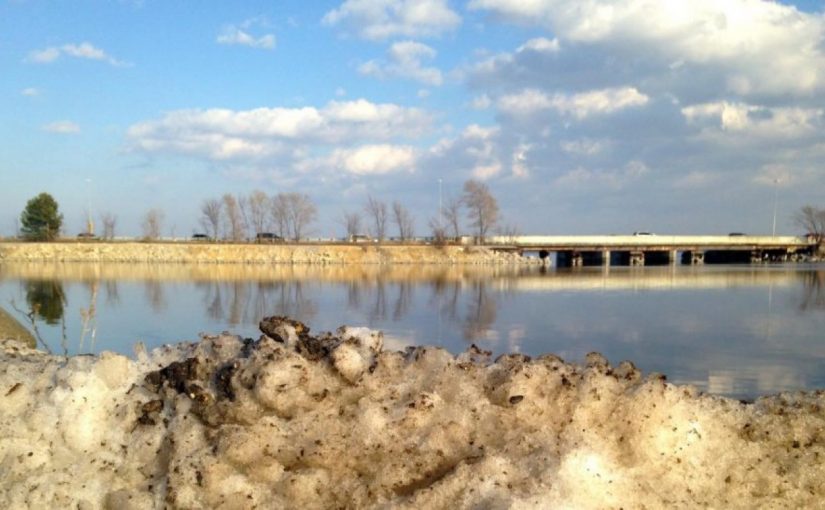Road salts and brines can help keep roads passable during winter weather, but road salts are also affecting lake chloride concentrations through runoff. A new study completed as part of the GLEON Fellowship Program, and just published in PNAS, found that increasing lake salinity may be widespread, particularly in north temperate ecosystems, which are home to the highest densities of lakes on Earth. Led by Hilary Dugan, the team, including GSO member Kait Farrell, identified decadal trends in chloride concentrations from 371 North American lakes, and found that impervious surface cover, or the amount of paved surfaces in a watershed, is a strong predictor of chloride trends in lakes. Worryingly, as little as 1% impervious surface cover near a lake may increase the risk of long-term salinization, and the potential for steady and long-term salinization of many lakes in the US is high. Even in Georgia, where we apply less road salt than in the focal study area, it is important to track long-term chloride trends in lakes and reservoirs, as urbanization and agriculture can also contribute to increasing salinization, which can diminish the ecosystem services lakes and reservoirs provide.
Read the full article at https://doi.org/10.1073/pnas.1620211114
